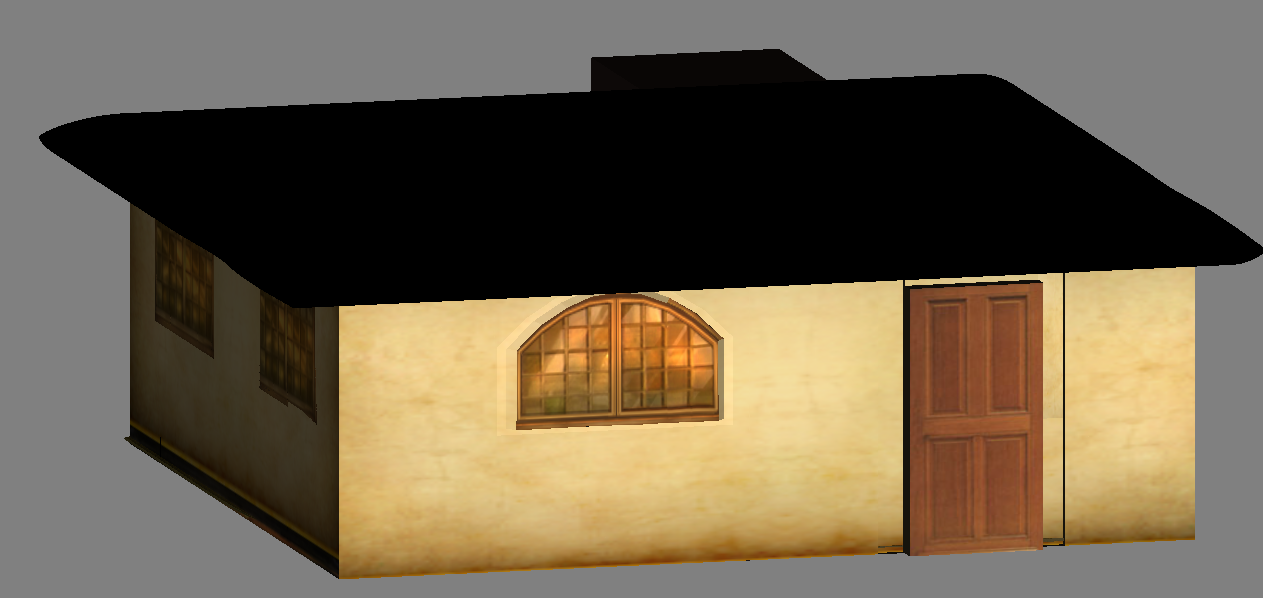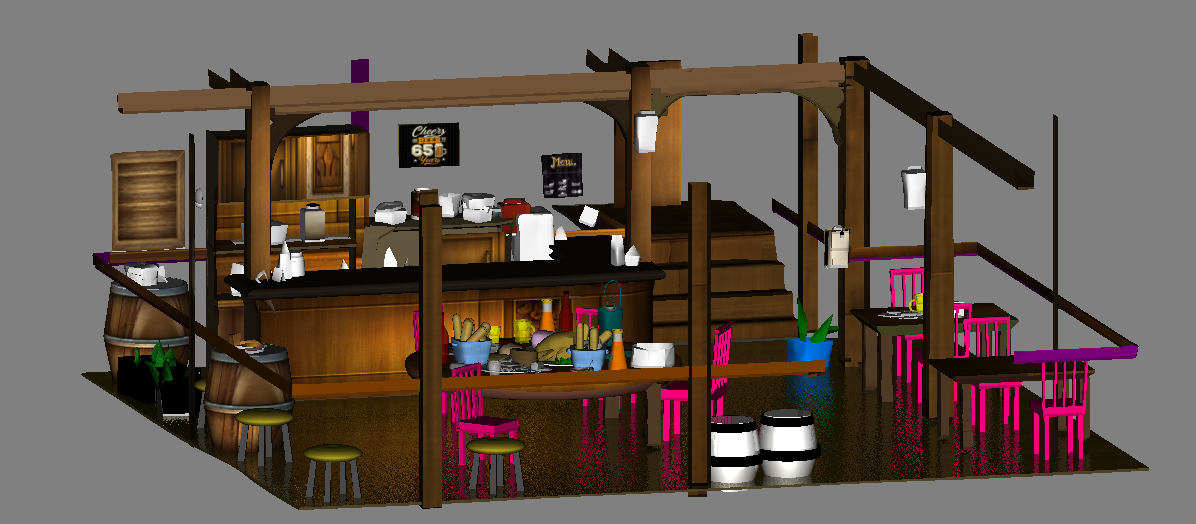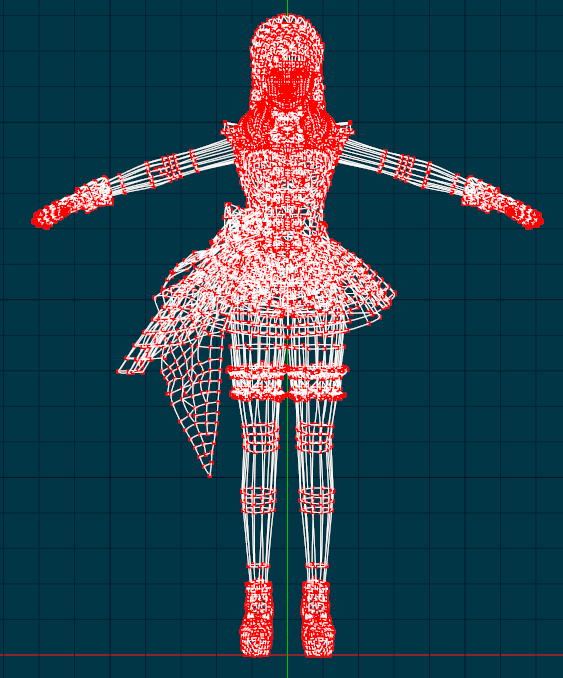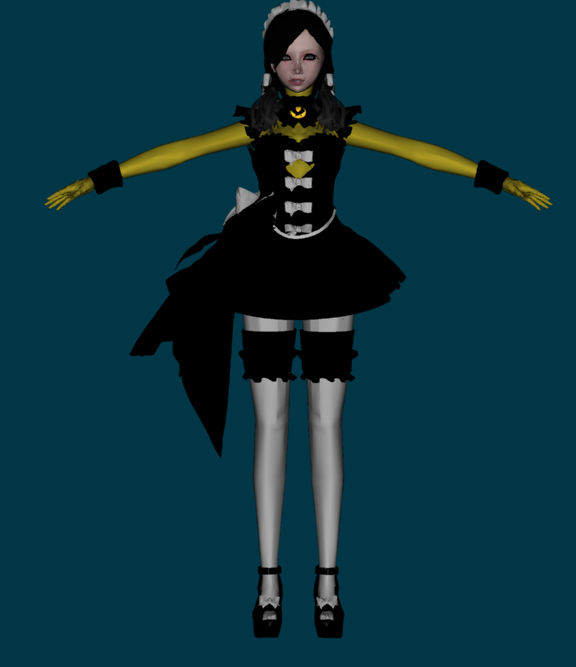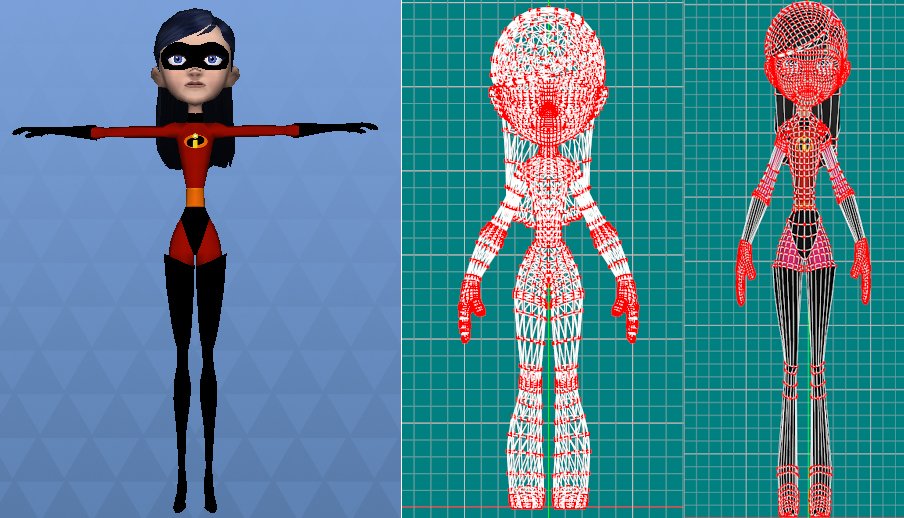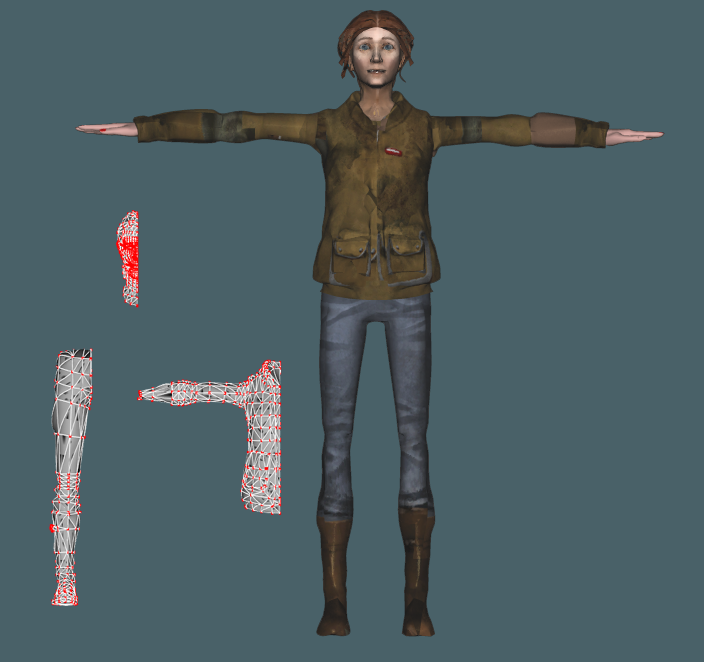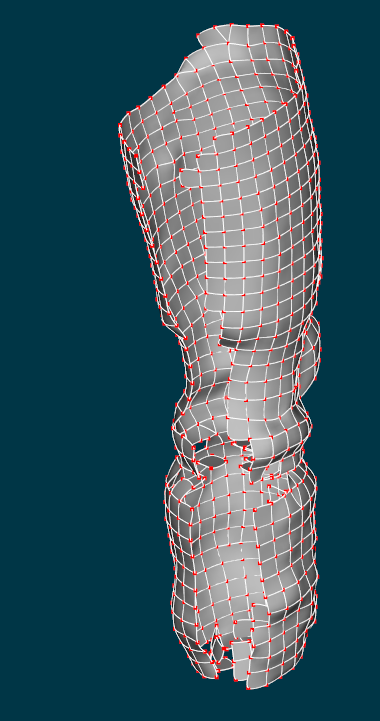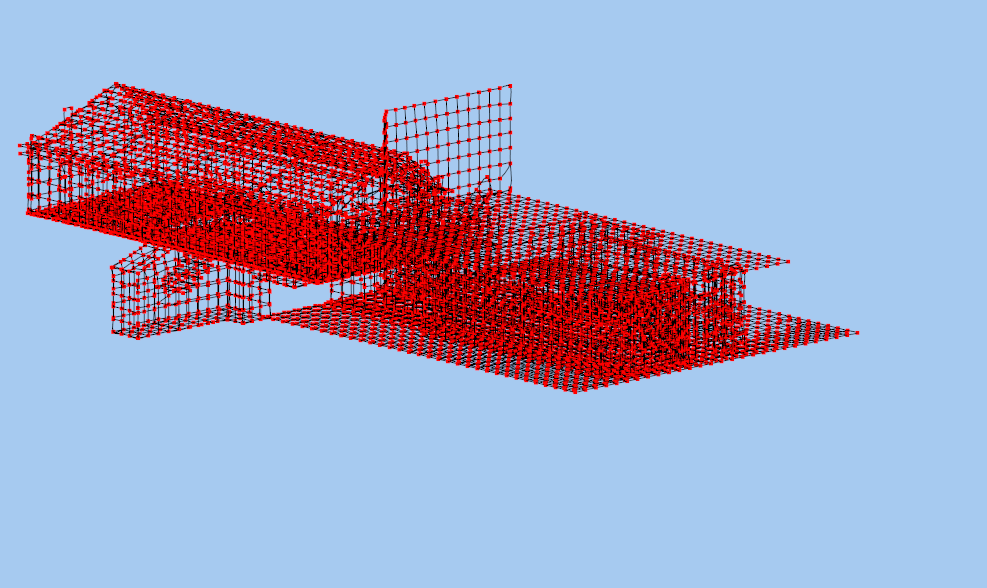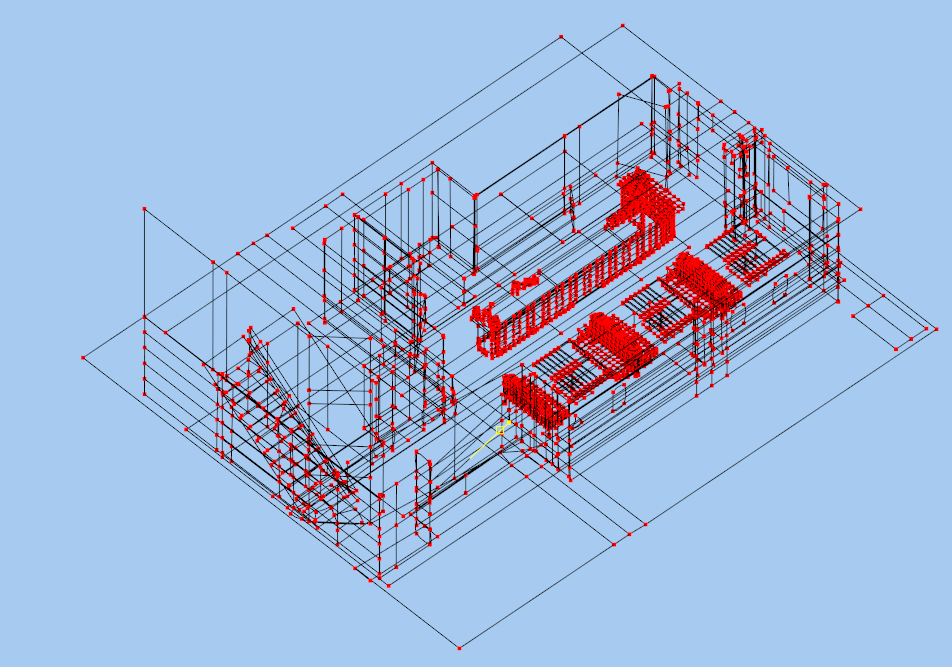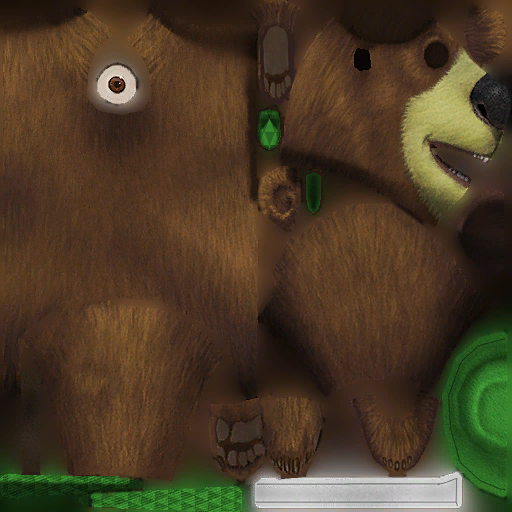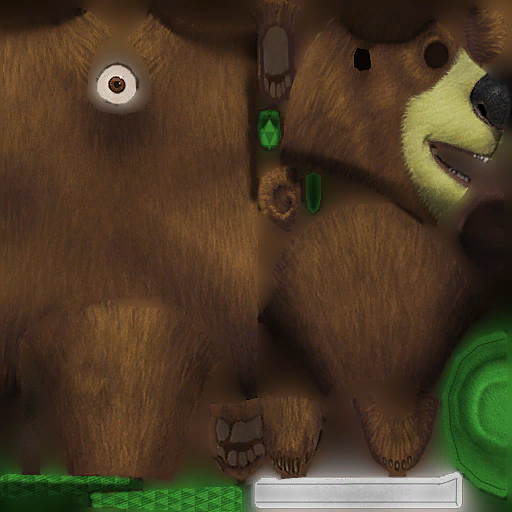
RS3D2
*A:M User*-
Posts
26 -
Joined
-
Last visited
-
Days Won
6
RS3D2 last won the day on July 1 2022
RS3D2 had the most liked content!
Profile Information
-
Name
RS3D2
Previous Fields
-
A:M version
v19
-
Hardware Platform
Windows
Recent Profile Visitors
The recent visitors block is disabled and is not being shown to other users.
RS3D2's Achievements

New User (2/10)
13
Reputation
-
Cartoon March Opeining scene0.mp4 I did some work on an opening scene for the Cartoon Cartoon March Opeining scene0.mp4 March project. This one features Vexy from the Smurfs and the Town Crier character from the Dr. Who game. As you can see from the attached video, things get off to a bad start.
-
I converted a bar/cafe structure to use as a rest stop for my Cartoon March project. The Instant Meshes program did not help for this type of model as it normally does. Most of the structure is simple geometric shapes that are easy to duplicate with Hash primitives. As is usually the case, the decals (many, many) are the main problem with this type of model. Attached are views of the exterior and interior of the building and a walk through video. Rest Stop.mp4
-
I am concentrating on a work flow for clothes models. I timed the process for getting from original OBJ to A:M model for a hooded sweatshirt. step 1 Import original OBJ into Instant Meshes, select a quad density sufficient for the part of the model you want and export a quad OBJ. (2 minutes -see first image below) step 2 Import the quad OBJ from Instant Meshes into A:M and edit / split the model for missing patches, discontinued splines, etc. (30 minutes -see top of second image below) step 3 Copy/Flip/Attach the pieces and clean up model to reduce unnecessary splines, etc. (5-10 minutes -bottom of second image below) steph_A.mp4
-
I did another experiment on a high density .OBJ model. It is Cute Anime Mage, which has a lot of fancy clothes and came in at 18 meg. Through Instant Meshes I got it down to 1.9 meg. There is still some room for further processing, but I am done with it for now. One thing I have learned is that it is better to select the beginning Hash model that you imported as an .OBJ and select the whole model or model parts and peak them using the peak tool before exporting to Instant Meshes. This seems to make it easier for the program to produce cleaner quads in the output .OBJ Attached are 3 images: 1) initial Hash model 2) converted Hash model and 3) rendered model. I also included a short video. mage2.mp4
-
I completed some more models to add to the project. Violet from the Incredibles, Town Crier from Doctor Who, Robin from Barman and Robin, and Kermit the Frog. Attached is the PRJ file for Kermit and a short video. Kermit the frog _Muppets Party Cruise.zip k1h.mp4
-
I converted another model using Instant Meshes, It is the Town Crier from the game Doctor Who. I paid special attention to the decals that came with the model because decaling the converted model seems to be the the biggest time requirement. In this case it meant having the model be a little denser than normal, but it made the finished project easier. I am moving the model to my Cartoon March thread. He seems to animate pretty well despite all the clothes layers. I think I will make him the grand marshal. Attached images show the original OBJ, the A:M converted model splines and the finished rendered model. Also added a short video. turn 2.mp4
-
Anyone is free to make any improvements you think are appropriate to any of the models I post here. I would love to see some better versions. I am only interested in getting to a process where I can crank out 3-4 of the these types (OBJ) of models in an afternoon. I am not trying to produce the best models, just the fastest conversions for my purposes.
-
I processed another model with Instant Meshes. It is the Violet character who is the daughter of the Incredibles family. The original model was 6.5 meg and I got it down to 1.6 meg. The attached image shows the original depiction of the model, the downloaded OBJ and the final A:M model. Also a small video. It is about 80-90% done, but it is good enough for my purposes. Violet for Hash.mp4 220328Violet for Hash.7z
-
One of the issues with Instant Meshes is that you have to specify the density of the mesh for the whole model to processed. This can be a problem for things like heads and the face area, where you would want more detail around the eyes, mouth, ears, etc. I worked out a process that seems to help. I deleted the eye sockets and mouth and saved those parts from the original OBJ model. I then run Instant Meshes for half the head and plug the eyes and mouth on the re-worked model. The attached images and video shows the process for the Regent model from the game Dishonored. The top middle image shows the original OBJ head and the bottom middle shows the modified OBJ that was sent to Instant Meshes. The image on the right is the model from Instant Meshes imported and edited in A:M regent for hash.mp4 Regent for hash.zip
-
I converted another OBJ model with Instant Meshes to try to establish a work flow and I was especially interested in how to handle clothing items like the jacket in the model. The model is Bonnie from the game Walking Dead. Looking at the decals that came in the download, Bonnie comes to a very bad end but I used the decals from when she was in better shape. The lessons I learned (so far) were: 1) Import the OBJ into A:M first and separate the model into pieces according to how detailed you want and then export them as OBJ to Instant Meshes. If the model is too big to import into A:M, then use Instant Meshes to produce a a less dense model so you can see how the model is organized. For symmetric models such as humans, animals, etc., you only need on leg, one arm half a torso, half a head to work on. 2) Use the tools in Instant Meshes to get the spline flow you are going to want for animation purposes. There are a couple helpful videos on YouTube that shows what can be done with the program. The program is very fast, it takes only a few seconds to review the model after you make each adjustment. 3) I seems to be better to use more quads than you will eventually need, so you need some time to edit the models that come from Instant Meshes. It is relatively easy to do because the models typically have a logical spline layout that makes it easy to use -select spline/delete spline- actions in A:M. I did all the steps in 1) - 3) in about 30 minutes for the Bonnie model. If you are picky it can take longer. 4) Re-combining the pieces is done by -copy/flip/attach- in A:M. Re-proportioning the pieces can take some time, especially if you intend to use decals that came with the OBJ model. The hardest part is not activity related to the Instant Meshes program. It is in trying to decal the model. The Instant Meshes part of the activity can be done in less than one hour no matter how complex the original OBJ is. Decaling can take a long time because the decals were made to work in a different development environment than A:M. I spent about an hour in this test. Attached are a couple of pictures showing the original model and the Hash version. I knew a girl named Bonnie that was tall and slim, so I re-proportioned her. Nothing is good unless you can animate it, so I included a very brief video of Bonnie walking. I also included the PRJ for anyone to work on improvements (there are many that can be made). walk.avi Finished for Hash.zip
-
The Instant Meshes program is used only for converting as many polygon triangles to quads as possible. If you want to configure it to perform in a certain way you have to use the tools (undocumented as they may be) that it has. When I posted the spaceman model, I did not know much about the program, so the model is what you get without doing anything. Since that post, I have picked up a few tricks that seem to solve some of the issues such as you pointed out in your post (Spiraling splines). There are two ways I have found that can be used to help orient the spline flow. One, just use half of the model and push the -align to boundaries- button along with some tweaking of the orientation button. You can then copy flip and attach the two halves. The second method is to delete a vertical spline in the back (or front) of the model to leave an opening. When running Instant Meshes, it will terminate the conversion process at these openings and you will probably end up with vertical/horizontal splines. I have attached a couple of images that hopefully clarify this. 1) shows the OBJ model going to Instant Meshes and the 2) shows the OBJ model coming from Instant Meshes.
-
I decided to try something really ambitious to see if the Instant Meshes program could handle it. I found the complete OBJ model for the Cafe LeBlanc model from the Persona 5 video game from Sega. The model was broken up into parts, with the main modules being 4 meg and 8 meg. I loaded the 4 meg one 'as is' into the Instant Mesh program and set the count to 8.57 which I thought was enough to capture most of the detail. It turned out that most of the model segments were in some form of a grid, so it did a pretty complete job of building quads, but with a lot of the model segments being overly detailed. I only used the 'align' button to set it up. I then imported the rebuilt OBJ into A:M and spent about an hour mostly getting rid of excess detail in the imported model pieces. Then I did the same for the 8 meg file. It turned out that the 4 meg file was mostly the structure of the buildings and the 8 meg model was the props, and outside structures, etc. The decals were also included in the download so I applied a few just to see if it was going to be easy. Overall, I spent about 2 hours on the project to get it to the present state. Attached are 3 pictures and a short demo video. The first picture shows the original OBJ, the second was the OBJ generated from Instant Meshes and the third one is the Hash model after I cleaned up the Instant Mesh version and added props from the 8 meg file. The video is a walk thru inside the model so I could see where to continue to refine it. lbc.mp4
-
Attached is an updated video showing another character (Woody of Toy Story) and the interaction of Bugs Bunny and Shrek. I will be adding to the beginning of the marching line as I go along. When I get a few more models working, I will put the project files for each character in a zip file and post them. Hopefully it will keep the original decals in place for eventual use. If anyone has any suggestions for improvement, please let me know. GM for Hash.mp4
-
I see what you mean. Normally the decal will work as long as it is in the same directory or one specified by model. I wonder if the decal will work in this case if I upload the models in a project file rather than a model file? Yogi Bear.prj Yogi walk.act yogi.mdl
-
walk test for hash.mp4 Here is an update with new models Shrek and Yogi Bear. I still have some work to do on Shrek because he will be involved in some complicated actions with Bugs later in the project. yogi.mdl yogi.mtl yogi.obj









